




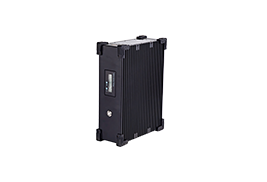
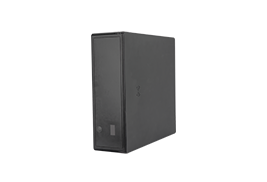
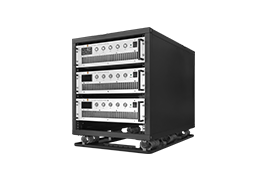
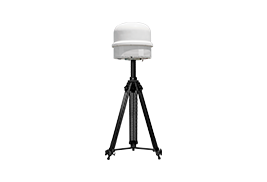
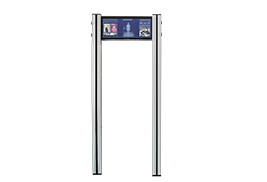
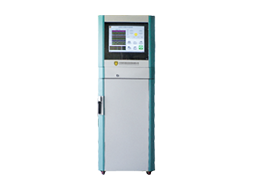


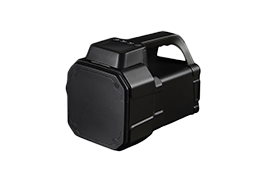
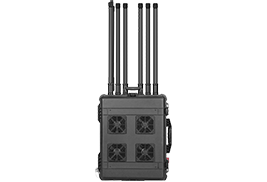
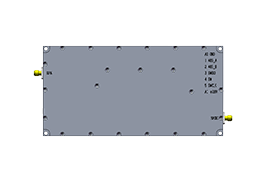
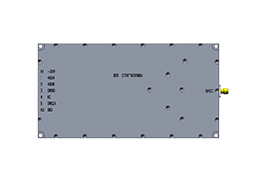
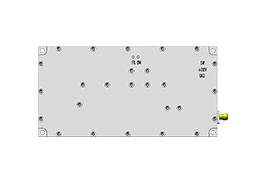
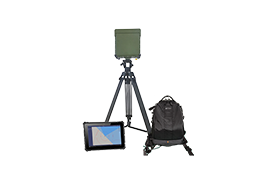
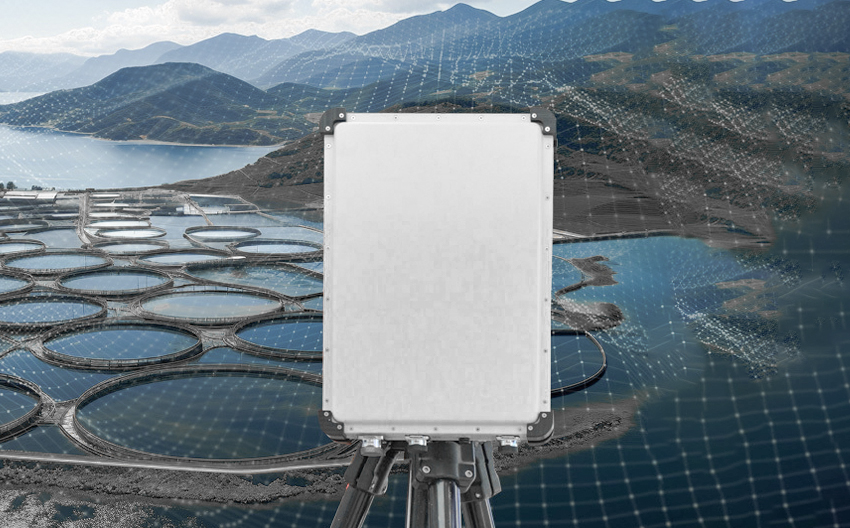
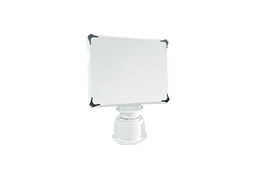
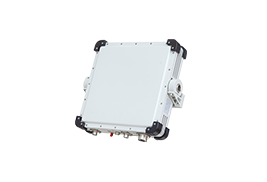



 X
X







 GLOBAL / ENGLISH
GLOBAL / ENGLISH

With the rapid advancement of drone technology, the application of drones in civilian and military fields has become increasingly widespread. However, the widespread use of drones has also brought potential security threats. The development and deployment of counter-drone systems have become increasingly important to ensure the security of key areas. This article will explore all-weather automated surveillance and interference technology in counter-drone systems.
Overview of Counter-Drone Systems
Counter-Drone Systems are technologies and equipment specifically designed to detect, track, identify, and neutralize potential threat drones. These systems ensure airspace security through various means, including radar, electro-optical sensors, RF monitoring devices, and jammers.
All-Weather Automated Surveillance Technology
Radar Surveillance
Radar technology plays a crucial role in drone detection. Modern anti-drone radars can operate in various weather conditions, providing all-weather monitoring capabilities. They can detect micro-drones and accurately track their position and flight path.
Electro-Optical Sensors
Electro-optical sensors use infrared and visible light cameras to capture images and videos of drones. These sensors can be used during the day and night, providing high-resolution real-time images to help operators identify potential threats.
RF Monitoring
RF monitoring devices determine the location and activity of drones by detecting and analyzing their communication signals. These devices can capture drone control signals and work efficiently even in complex electromagnetic environments.
Interference Technology
Signal Jamming
Signal jamming disrupts the communication between the drone and its controller by emitting powerful electromagnetic signals. This technique can effectively force the drone to lose control, land, or return to its takeoff point.
GPS Jamming
Many drones rely on GPS for navigation. By interfering with the drone's GPS signals, it can be prevented from determining its position, rendering it unable to execute its mission. This technique is highly effective in preventing drones from intruding into sensitive areas.
Directed Energy Weapons
Directed energy weapons (such as microwave weapons) disable drones by emitting high-energy electromagnetic waves that disrupt their electronic equipment. This method can destroy the drone before it enters the no-fly zone.
Automated Counter-Drone Systems
Automation is a key direction in the development of counter-drone systems. Through artificial intelligence and machine learning technologies, systems can automatically detect, identify, and respond to drone threats, reducing human intervention and improving reaction speed and accuracy.
AI Recognition
Advanced image recognition algorithms can quickly identify the type and model of the drone, assess its threat level, and automatically select the most appropriate countermeasure.
Automated Interference
Based on preset rules and real-time data, the system can automatically activate jamming devices to implement signal or GPS interference, or even activate directed energy weapons, without operator intervention.
Real-Time Data Analysis
Real-time data analysis technology enables the system to make quick decisions in dynamic environments, adjusting interference strategies to ensure optimal countermeasure effectiveness.
Application Scenarios
Counter-drone systems are widely used to protect the security of key areas such as airports, nuclear power plants, government buildings, and military bases. Additionally, public venues, major events, and gatherings increasingly adopt anti-drone technology to ensure public safety.
Conclusion
As drone technology continues to advance and become more prevalent, counter-drone technology is also evolving. All-weather automated surveillance and interference technology is an essential component of future counter-drone systems, playing an increasingly important role in ensuring airspace security.












